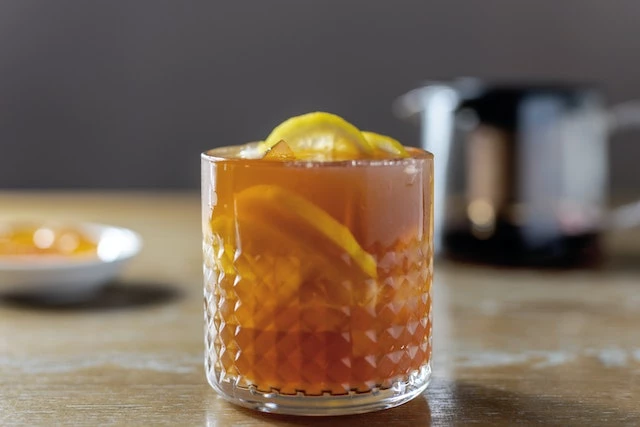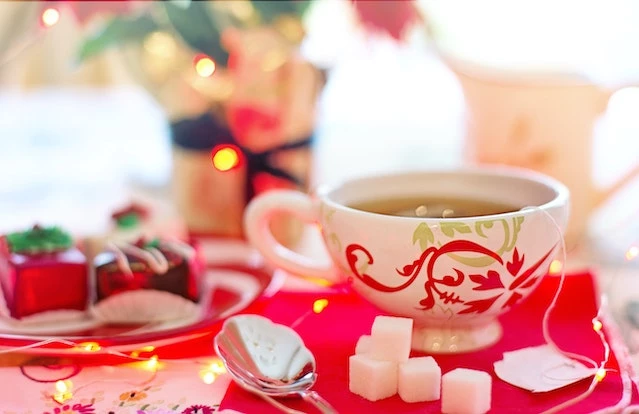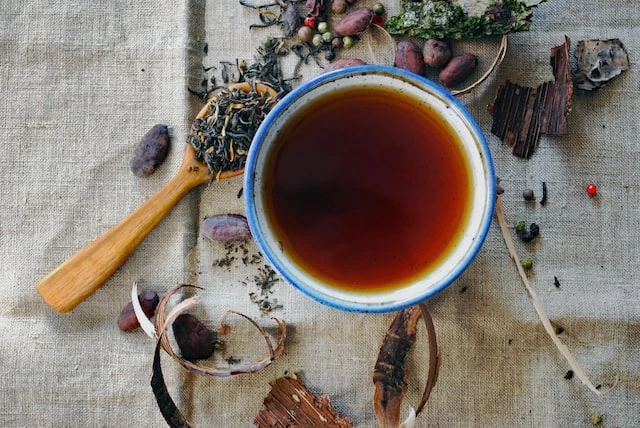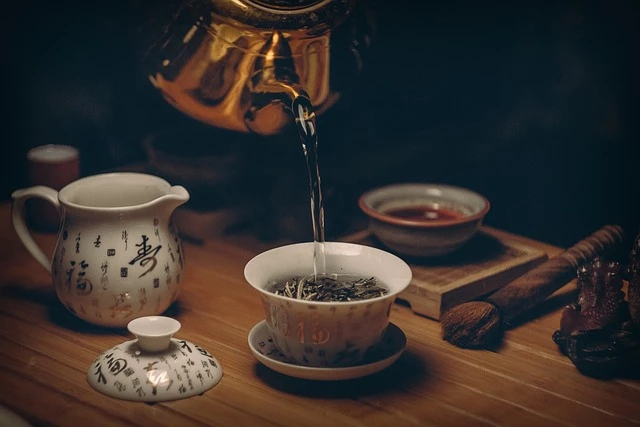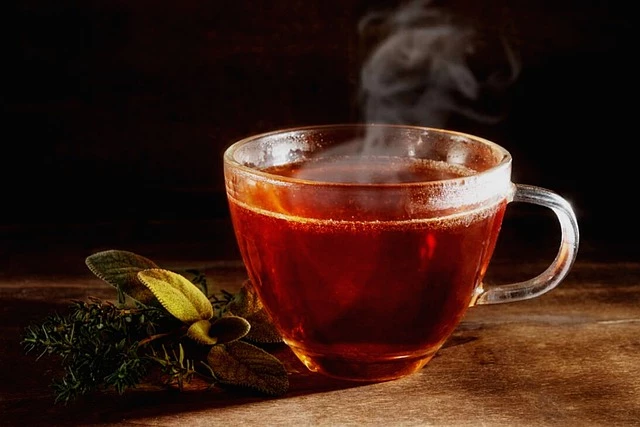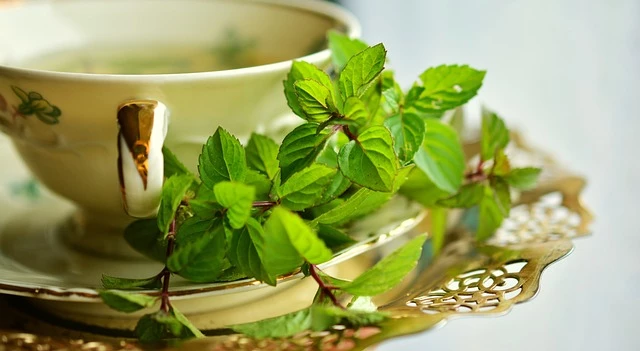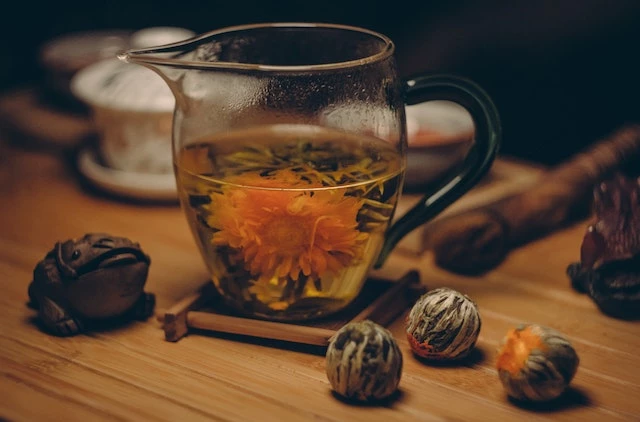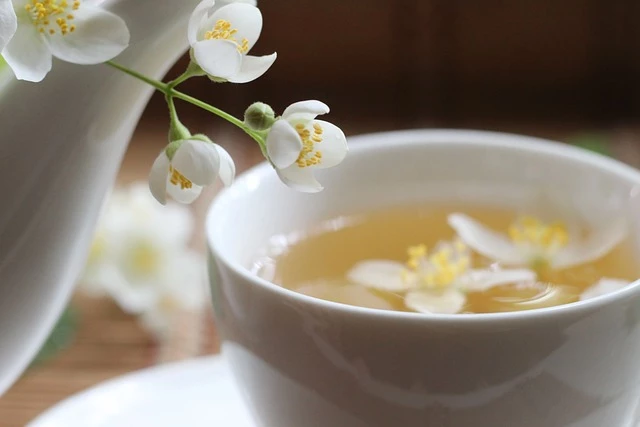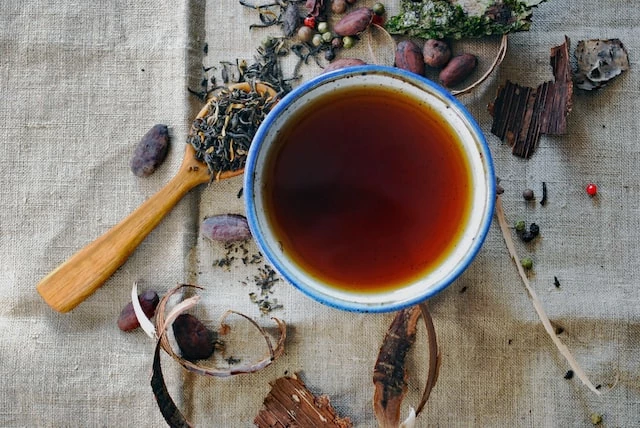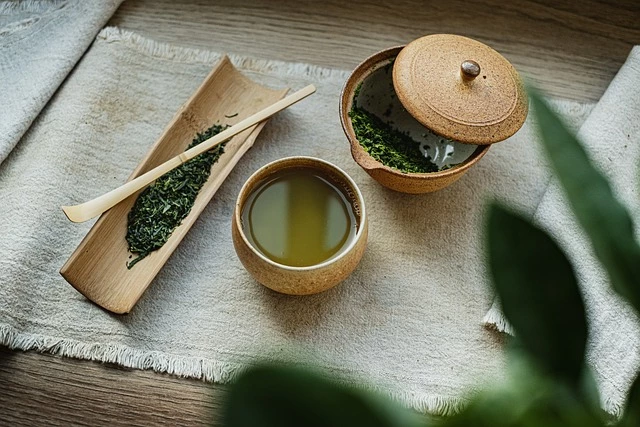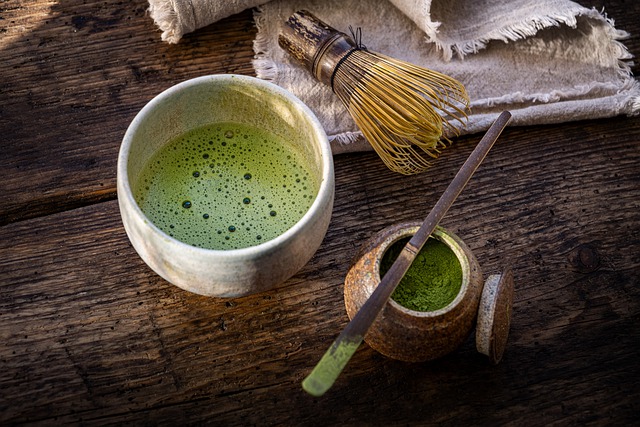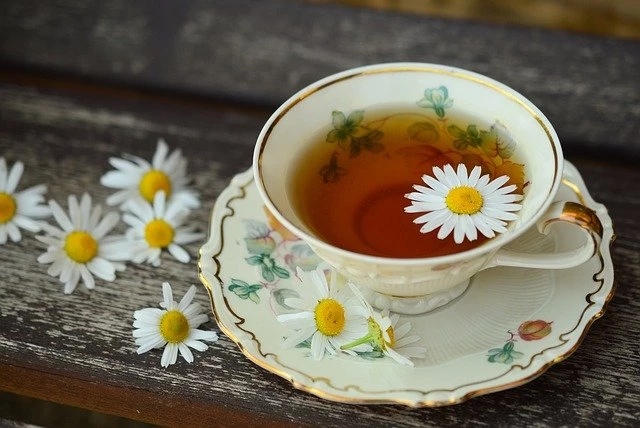Loose leaf or Tea Bags – Which is the healthier option
Feb 04 2018 Health & Fitness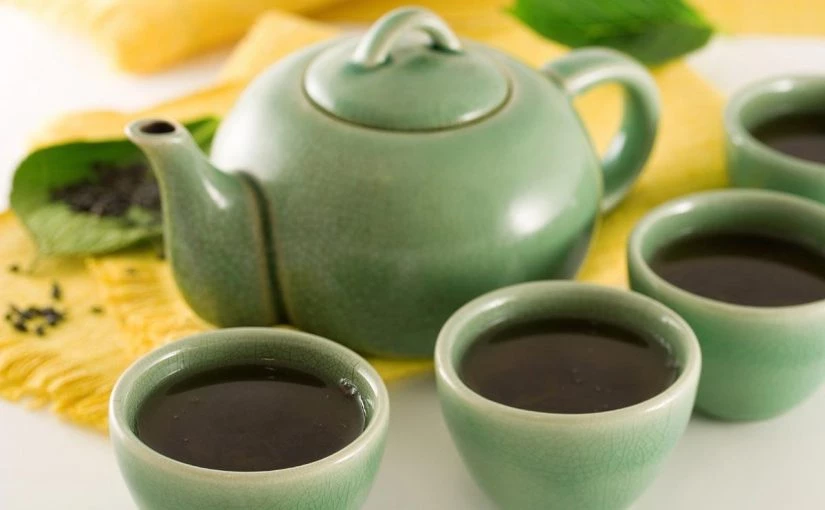
Loose leaf or Tea Bags?
Are you drinking tea for pleasure or you are drinking it to reap some health benefits from it?
I drink both black tea and green tea, which actually come from the same plant, Camellia Sinesis. Black tea has been through a fermentation process, which changes the compounds. Both teas have health benefits and both contain caffeine and antioxidants.
Tea drinkers might not know this yet, but the big difference to your health is whether you are drinking your favorite brew loose leaf, or in premade bags.
It is so much easier to pick up a box of ready-made tea bags and just pop one or two into a teapot, or even into a mug to be drunk on the run. But the health benefits of loose leaf might outweigh the ease of using bags.
So what is it really inside those bags?
I broke open one bag of branded green tea to compare it with the loose-leaf china green tea that I normally use, and this is what I found.
Compared to bigger leaves that had dried into a bit of a rolled up shape, the insides of the teabag was a fine power with little chips of what looked like green twigs. The tea that goes into the bags is most often “dust and fannings” from broken tea leaves.
When tea leaves are broken, they lose their essential oils. This means that they lose that delicious tea flavor and the smell and the quality of the steeped tea are lower. The brew that comes from broken leaves is bitterer and more astringent and this is because the broken leaves release more tannins than whole leaf tea.
But does this have anything to do with your health?
Let’s look at tannins
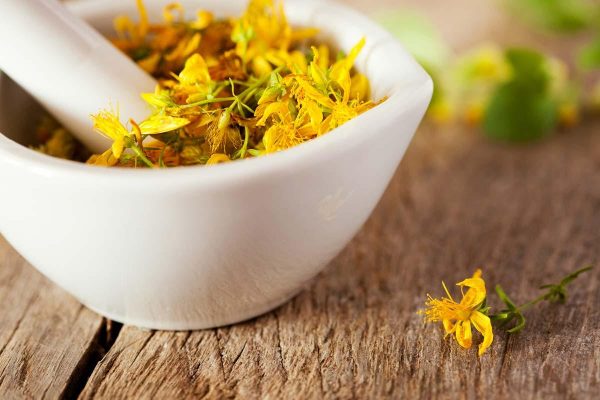
The presence of tannins does not necessarily mean that the tea is bad for you. Tannins are not tannic acid, they are actually antioxidants and they are good for you.
On the negative side, tannins can reduce the digestion of proteins. But on the positive side, tannins are antioxidants so they also have anti-carcinogenic properties. Tannins also have antimicrobial properties and are effective against some bacteria and viruses.
Some tannin can increase the speed of blood clotting and can also reduce blood pressure. They can also have beneficial effects on the liver and the immune system.
So tea with more tannin might taste bitterer but is not necessarily bad for your health.
But what about the actual tea bag then. What is that made of?
A tea bag is a small bag that seals tea leaves inside it. Tea bags were first used in medieval China to preserve the flavor and aroma of the tea. The tea was folded and sewn into little-sewn paper bags. In the Western world, tea bags were first patented in the early 1900’s.
These were originally little silk bags that used for transporting tea. The tea drinkers themselves started brewing tea without taking it out of the bags.
Modern tea bags are mostly made out of fiber but some bags are also made of food grade plastic.
Tea bags made from Plastic???
Nowadays we know that certain plastics shouldn’t be heated as they can release chemicals into our food. Some specialist tea bags are fancy little triangular “silk” tea bags. These are actually made out of food grade nylon. When we pour boiling water over them they release their compounds and can leak toxins into your tea. The more tea you drink the more toxins you could be putting into your body.
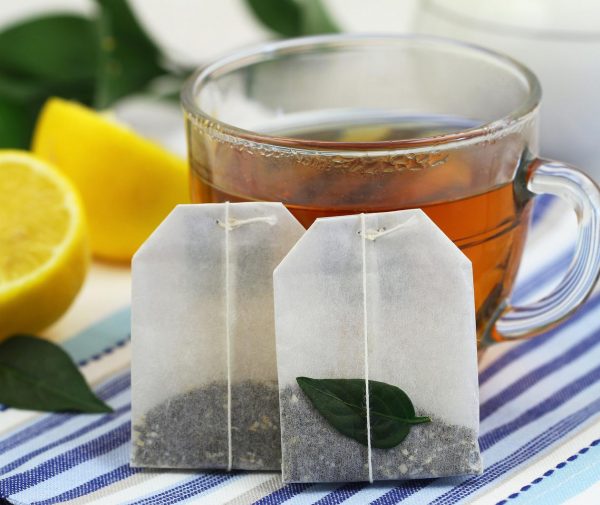
So far there are no scientific studies about the amounts of various chemicals that are released from the different types of teabags. But we do know that that the chemicals in plastic bottles and containers can leach into our food and drink. This can happen even when the food is cold, so imagine what boiling water does.
What about fibre bags?
So if we stick to paper or fibre bags what do we find? Well, a paper has been bleached with chlorine to start with.
Some of the fibre bags are sealed with a water-resistant resin. This has a chemical in it that can be carcinogenic. This chemical has been linked to infertility and suppressed immune function.
Is it time to change?
Tea bags are easy to use. The tea inside them is blended for standardization. When you switch to lose leaf you might have to take time and effort. But, there are definite health benefits in making the switch.
Loose-leaf tea can be a new big adventure. There are so many wonderful varieties available to choose from. The switch can be as simple as obtaining a nice big metal ball for containing your tea.
Using loose-leaf tea can also be much cheaper. I buy boxes of green tea from the Chinese store, which cost very little; they last for ages and make a delicious cup of tea.
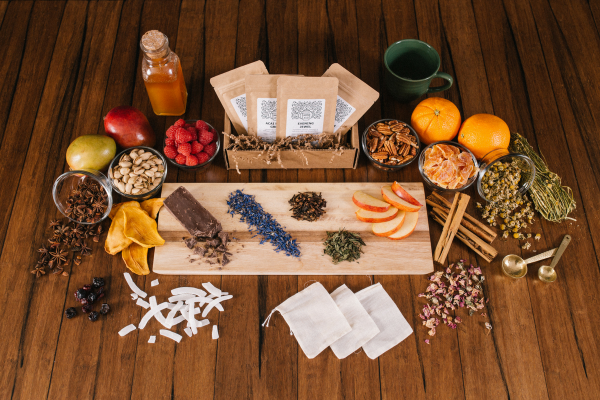
I also like it that I can compost my tea leaves.
Recipe for an easy way to brew a good cup of loose-leaf tea!
1. Rinse the teapot with boiling water.
2. Take a tiny pinch of tea leaves for each person who will be drinking tea. My grandmother used to add a small pinch for the pot as well.
3. A six-cup pot will need a full tablespoon of leaves.
4. I use a large good quality large tea ball, which gives the leaves room to unfurl and release their entire flavor.
5. Pour water hot water over the leaves.
6. The water should be heated to just before boiling temperature. If you haven’t managed to catch it before it boils, then let it rest for a minute or two before you pour it over the leaves.
7. Let the tea rest for two minutes and then pour into cups.
Enjoy!
We hope you learned a thing or two after reading our Loose leaf or Tea Bags – Which is the healthier option, article. We also have an article on What Makes Better Tea – Loose Tea Or Tea Bags?
